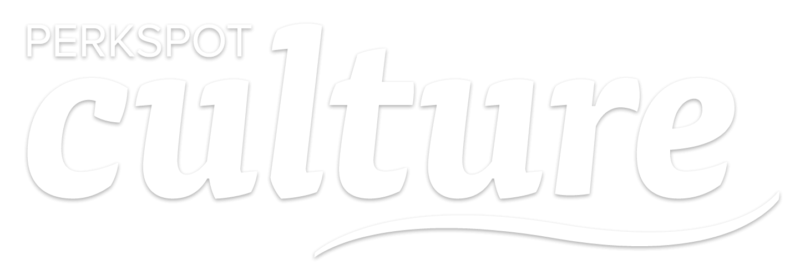Transparency, Inclusion & The Executive Team

Right after college, I stepped into a role at an international company with thousands of employees. Given the size of the company and its various locations, there was a major divide between the executives and the entry-level employees like myself. In fact, the CEO was someone I had only seen from a distance in a boardroom with other executives.
Coming to PerkSpot, the interaction between the executive team and other employees is drastically different than what I had previously experienced. Transparency is a value we promote and work to make a part of our culture and it was evident from day one. At PerkSpot the CEO is no longer this distant figure, but someone who knows each of us on a personal level. The Executive team is not a group that spends time in secret meetings behind closed doors, but who gathers input from employees in order to make informed and inclusive high-level decisions. Transparency is part of our everyday life here, and it makes all the difference.
After experiencing the difference transparency makes, I know firsthand how important it can be. But, this isn’t unique to my personal experiences. In a 2014 report by the American Psychological Association, one out of three employees stated that their employer was not always honest and truthful with them. The need for transparency is obvious.
Here are a few reasons why transparency should become a part of every culture:
Transparency Solves Problems
Whether your company is undergoing a major change or looking to improve performance, transparency can help you solve problems faster. Transparency around the issues you face help employees learn to trust their leadership and gain ownership in solving problems. Forming a more inclusive culture brings a fresh approach and a new set of eyes. Therefore, leaders solve the problem faster than if they had just kept the facts among executives.
Transparency Makes Things Personal
Nothing brings people closer together than solving problems. As the world becomes more interconnected through digital media, this is becoming increasingly more important. Employees want leaders who will connect with them beyond the professional and into the personal. By providing opportunities for executives to interact with other members of the organization, relationships can form authentically.
Transparency Improves Culture
A 2016 survey of more than 1,200 employees, managers and executives discussed a major chasm in company culture. It discovered the more seniority a person has in an organization, the more positively they viewed company culture. This proves how vital it is that the various levels within the organization are interacting. It’s important not only to uncover any negative feelings the employees may be harboring, but to also reveal the positive outlooks senior management may have due to a greater access of information.
As Generation Z enters the workforce this year, transparency is becoming all the more important. Whether you’re the CEO, a manager, or an intern, find ways to be more transparent about the problems you’re facing.
Want more insights like these? Subscribe to PerkSpot Culture using the form to the right.

















